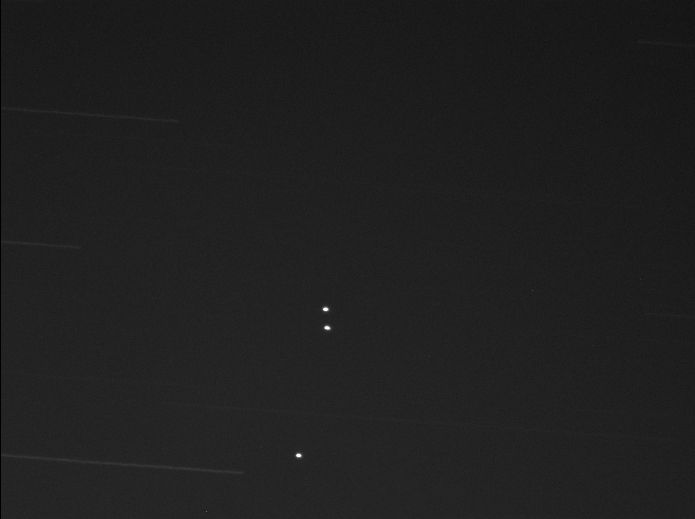Imaging geostationary satellites
One of the people at our table at the COSMOS star party this brought up the topic of long distance radio communications and the use of geostationary satellites to facilitate such communication. The idea of trying to image some of these satellites then came up and we discussed the possibility. So last night I decided […]



